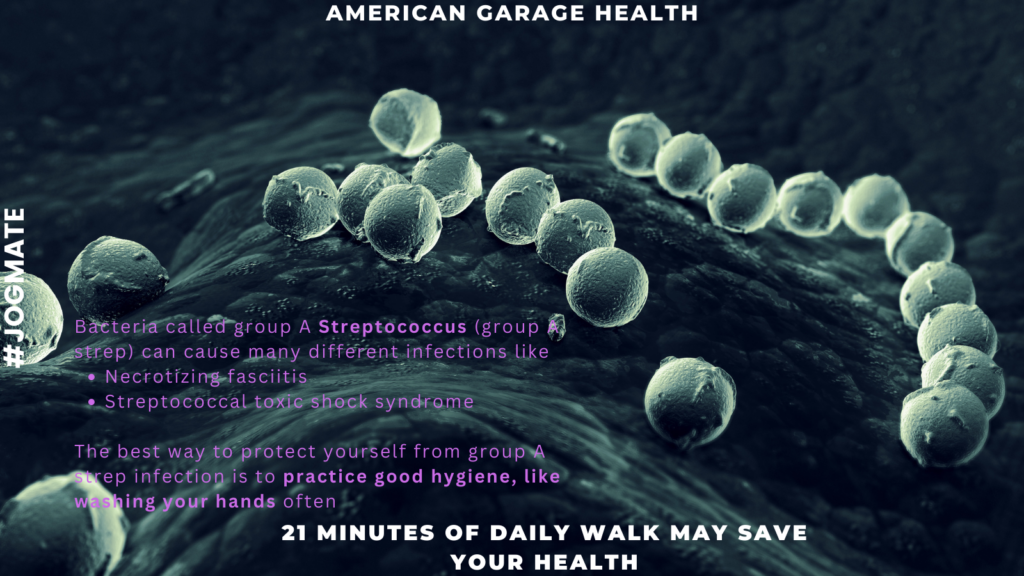
According to the CDC, invasive group A strep infections in youngsters may be on the rise.
While the US CDC report that they are looking into an apparent uptick in invasive group A strep infections, the increase could actually be a return to pre-pandemic levels. Breathing problems and dehydration are the two main signs of respiratory infections that should raise suspicion, according to Dr. Leana Wen.
Invasive group A strep infections, often known as iGAS infections, were controlled using Covid-19 management strategies like masking and social seclusion, much as flu and RSV. However, the CDC said in a statement Friday that it is now learning about an uptick from certain clinicians and state health authorities.
Care in light of recent cases:
According to a report released Friday by the Colorado Department of Public Health and Environment, group A strep is increasing the number of pediatric hospitalizations. The increase comes after the pandemic’s decline in cases.
Group A Streptococcus infections are on the rise in the UK, where they have already been responsible for six under-10 fatalities.
Since November 1, the Denver metro area has seen 11 cases of invasive group A strep in children between the ages of 10 months and six years, according to the department. According to Galloway, two children have passed away, but the formal cause of death has not been established.
Following the fatalities earlier this month, health officials in the UK recommended parents and schools check for strep A infections.
“It’s too soon to say whether iGAS case numbers are just returning to pre-pandemic levels or if they are rising beyond what we would normally expect based on what we know about GAS seasonal patterns,†CDC spokesperson Kate Grusich wrote.“The recent increases in respiratory viruses, particularly influenza, may also be contributing to a possible increase in iGAS infections. Concurrent or preceding viral infections such as influenza and skin conditions such as chickenpox may increase risk for iGAS infections.â€
The WHO warned that children under 10 were particularly at risk when it noted that France, Ireland, the Netherlands, Sweden, and the UK had reported a surge in iGAS infections and scarlet fever.
Rare infections can be caused by Strep A.
Numerous sorts of infections, some quite small, can be brought on by group A strep.
Group A streptococcus, often known as strep A, is a type of bacteria that may be found on the skin and in the throat and is responsible for fever and throat illnesses like strep throat and scarlet fever. Invasive group A strep infections, such as streptococcal toxic shock syndrome and necrotizing fasciitis, are more uncommon. The CDC describes it as an uncommon bacterial infection that spreads rapidly and can potentially be fatal. The most typical cause is assumed to be group A strep.
Prevention:
STSS, or streptococcal toxic shock syndrome, develops when bacteria enter the bloodstream and deep tissues. Low blood pressure, multiple organ failure, and even death can quickly result from STSS.
Most people who contract Strep A do not die from it, and medications are frequently successful in treating it. Since there is no vaccination to prevent strep A infections, frequent hand washing is the best defense against the germs.